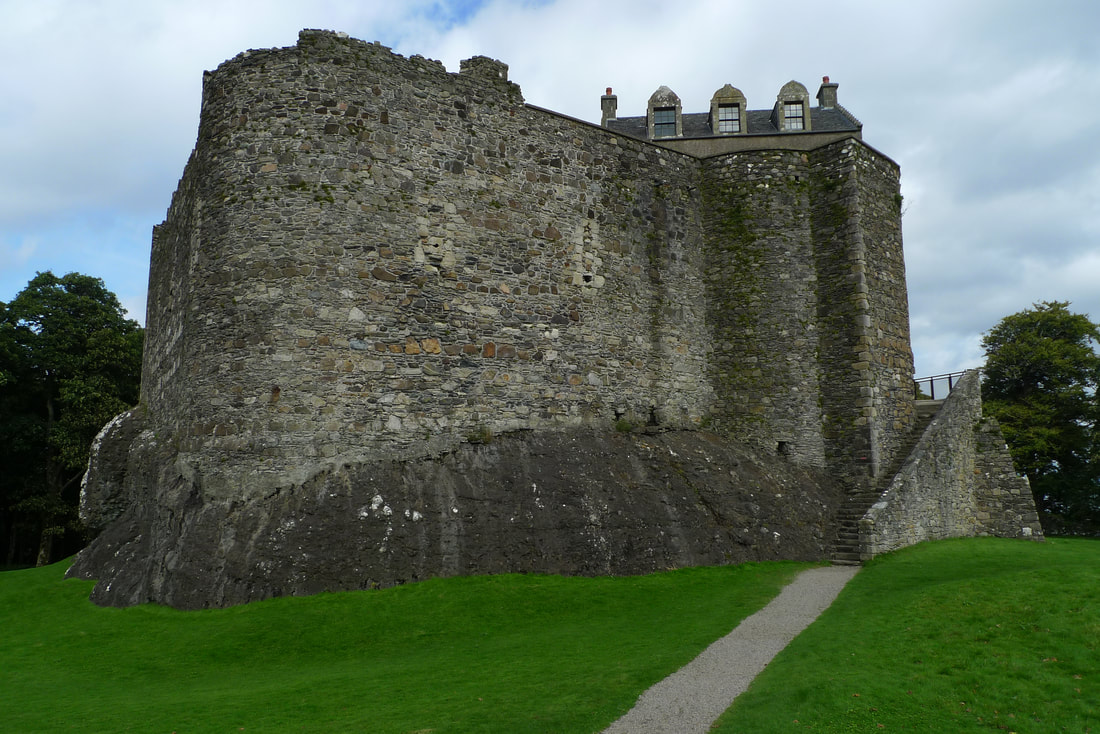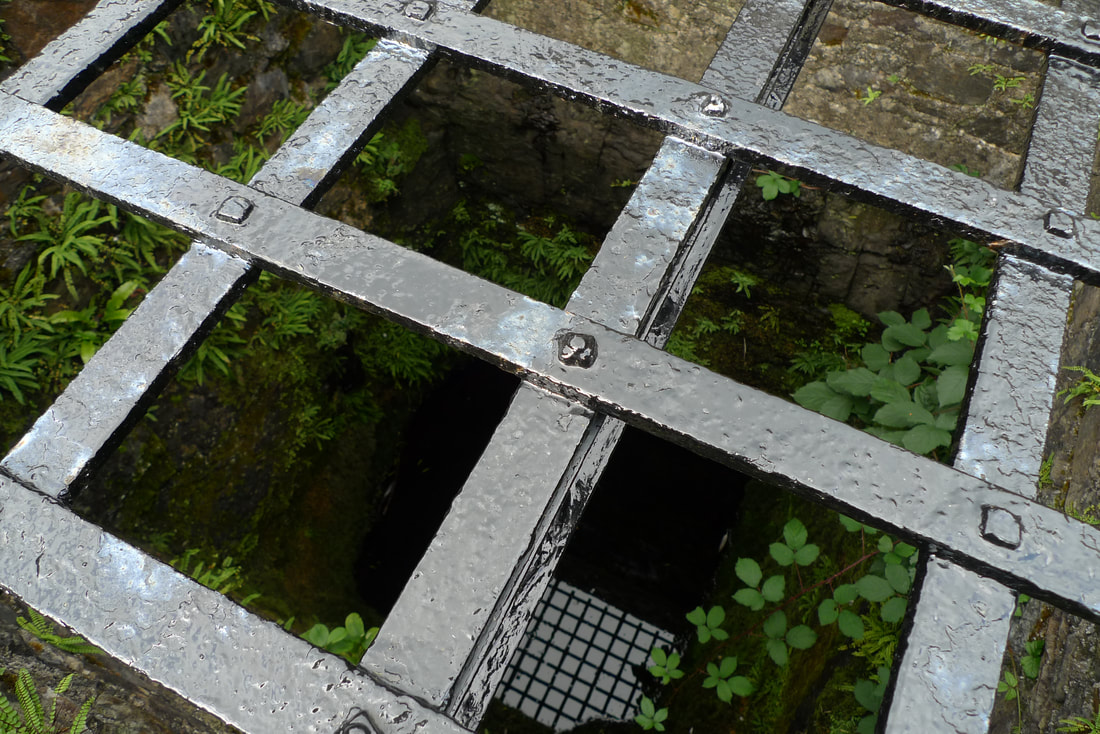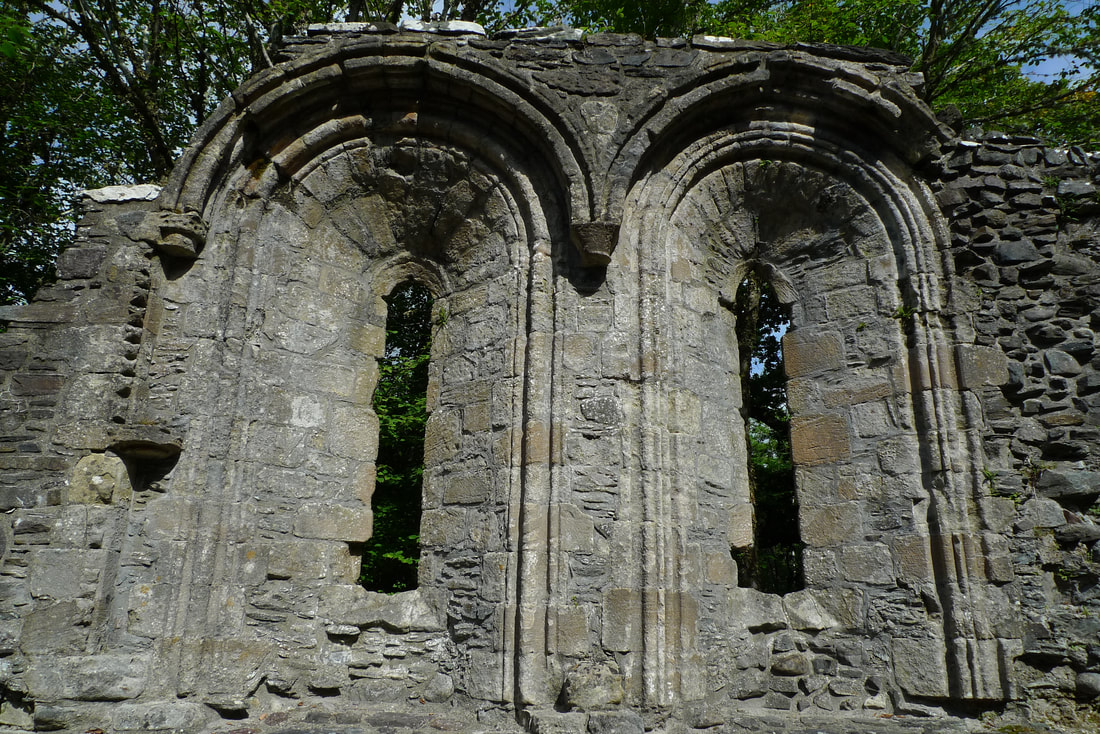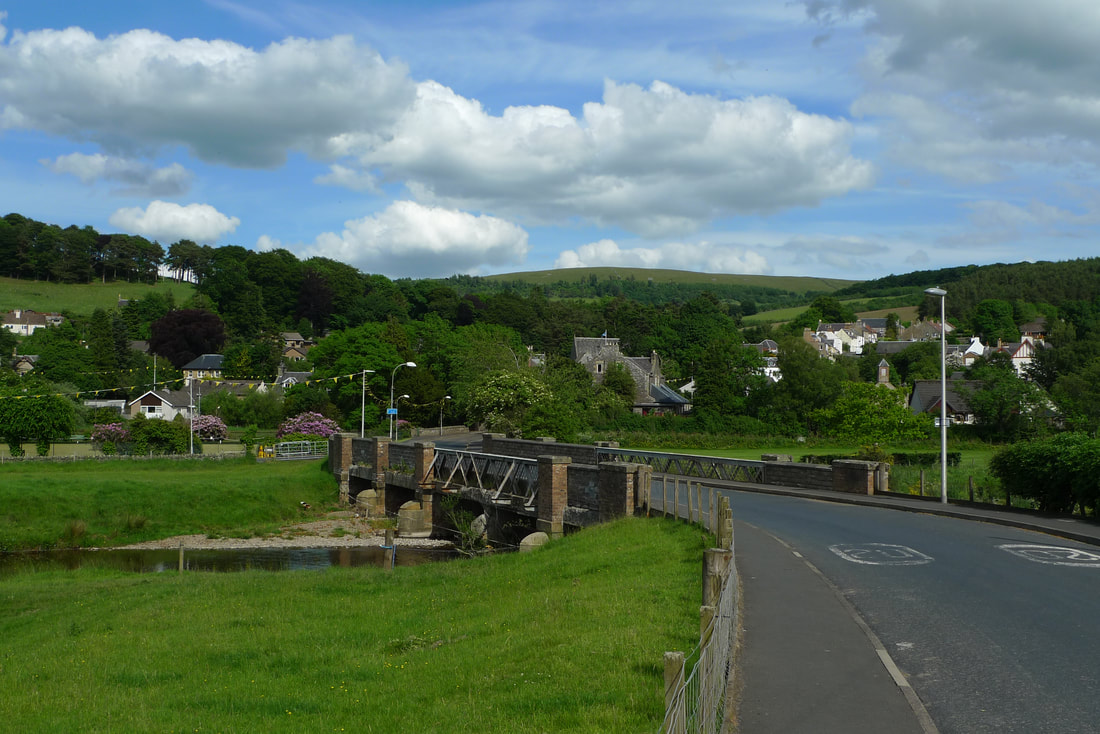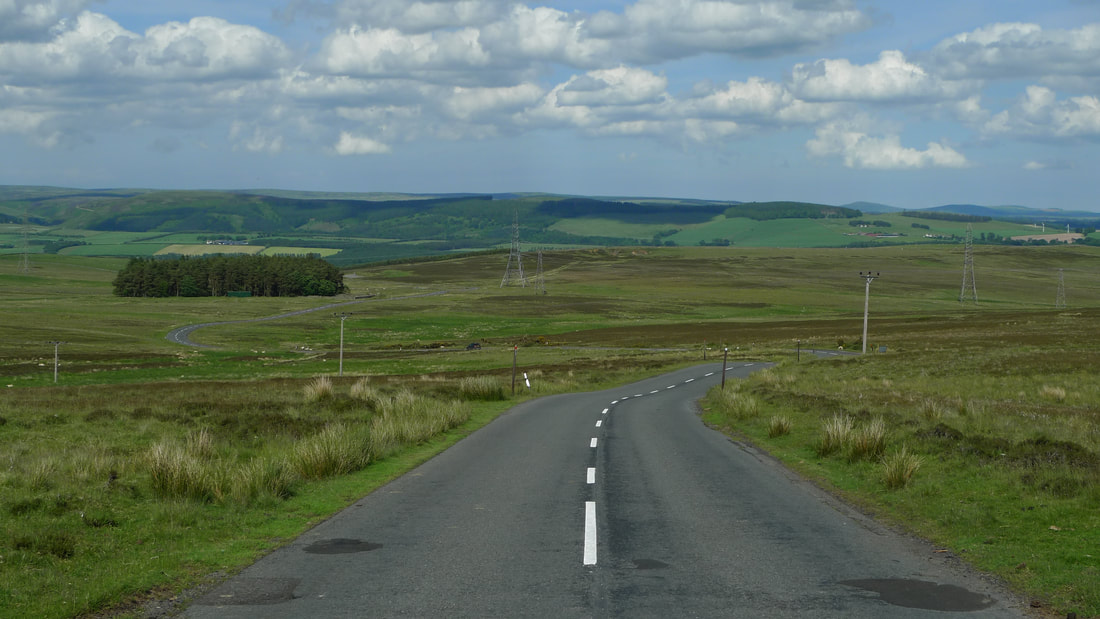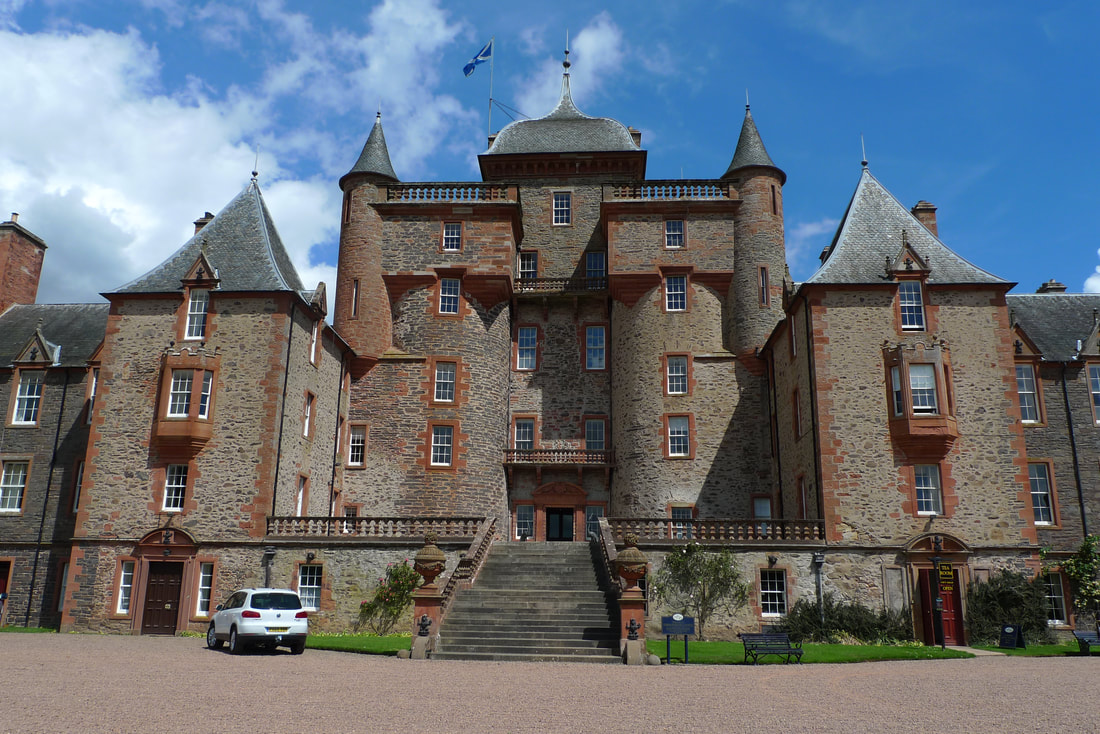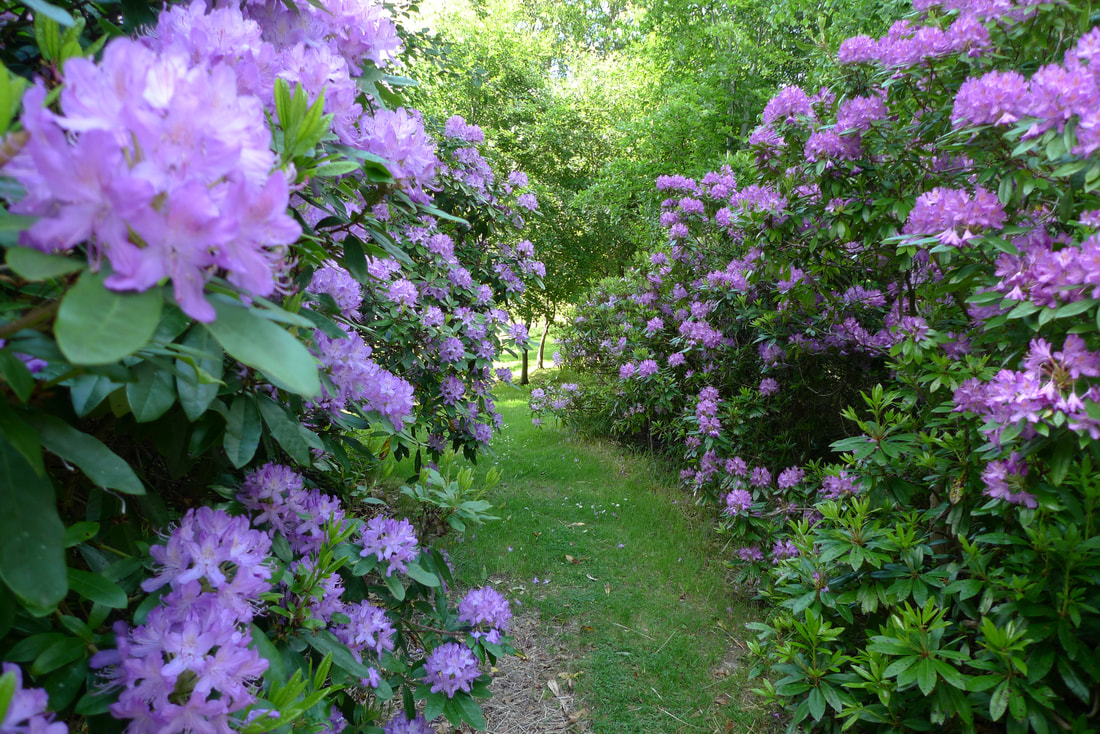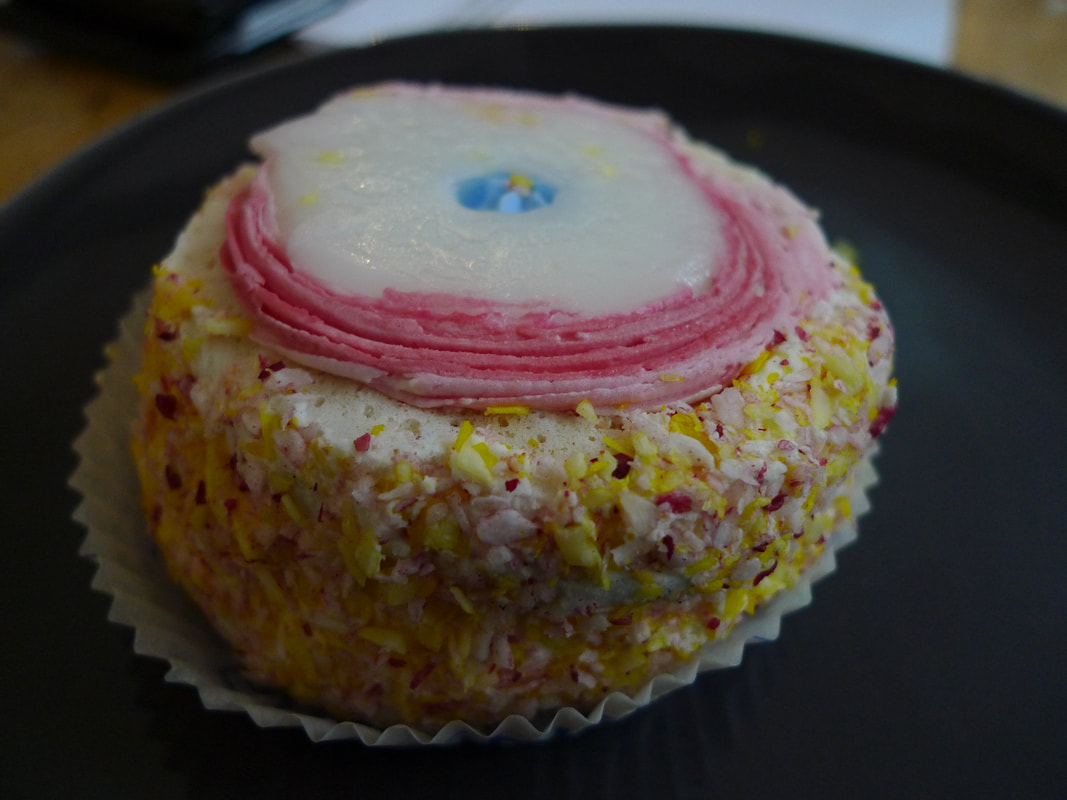|
Traditional cyclists may opt out of using too much technology, yet there’s no denying that it’s useful for both safety and performance. Cycling gadgets can help you to understand your own vitals, optimize your bike and your output and motivate you to ride to the best of your ability. Even if you are trying to keep the weight down on your lovely carbon fibre bike, the odd bit of extra gear is barely noticeable, especially given that a lot of the gear is designed to be exceptionally lightweight. Let’s take a look at a few recommendations. Cycling Apps There’s an app for everything these days and cycling is no different. There’s plenty of choice here. Strava is easily the most popular, with around 11 million workouts uploaded per week and 8.5 billion kilometres clocked in 2018. It’s free to download the basic version. It measures stuff like speed, distance, heart rate, power and cadence. Plus, if you have a fitness tracker like a Garmin Vivo fit (you can check out the list of specs for one of the models of this tracker here), you can easily link this up to Strava in order to really get the most out of your ride. Strava also records your routes (if you want it to), so that you can share them with the growing community. You can find nearby routes and races and try to beat other user’s times, or your own personal bests. The premium version has additional features, such as fitness and training plans and live beacon. It doesn’t have to be Strava, there are plenty of others that could work for you. For many casual riders, a cycling app will be pretty much all you need for basic metrics. Cycling Computers Cycling computers are the technological bread and butter for competitive cyclists, whilst hobbyists and casual riders will also see the benefits of getting a less expensive model. A decent cycling computer will be your faithful companion and trusty interface, be it a on day trip with friends, or a serious Scottish cycling sportif. Top and bottom of it is, you will get much more out of a dedicated cycling computer than you will an app, with full tracking, metrics and insights available for all of your rides. With a top-end model like the Garmin Edge 1030, you can send pre-written messages to other riders in your group, connect to your smartphone to see notifications and get directions via GPS. The 20 hour battery life lasts long enough that it's unlikely you will be caught out and left lost or confused. A decent cycling computer can keep you out of trouble on a long distance route. Metrics and Measurements Serious competitors and sports coaches also take measurements and metrics seriously. The big change recently is that technology has made it much easier and more accurate to take vital measurements and performance data, as well as helping to make sense of it using meaningful analysis. Sports coach and poker player, Wen Sime uses a heartrate monitor to ensure optimal decision-making. Cyclists also use a heartrate monitor to check on their own safety and to record intervals. There are also performance metrics that can be measured using hardware such as power meters to measure torque and effectiveness, and cadence meters to measure speed and efficiency. To make the most out of a pro-level cycling computer, you can link it up with your metrics and measurements hardware. In any case, competitive cyclists or those looking to best themselves can use the data gathered to make changes to their own training and performance, and also to tweak their bike for optimal performance. Smarter Helmets and Lights Helmets and lights are essential pieces of safety technology in their own right. Every cyclist should own a decent helmet for protection; and equip their bikes with plenty of lights and indicators to negate risks of incompetency from drivers on the road.
Smart helmets can now offer even more safety, with extra LED lights and indicators. Some even have the ability to detect when an accident has happened and can send GPS co-ordinates to loved ones or the emergency services. The Livall BH60SE helmet is packed full of additional features, such as hands-free calls and music. LED lights can perform similar functions, shining more brightly at junctions, detecting accidents and sending messages to contacts. The most advanced lights send a visual warning to your cycling computer alerting you to when traffic is coming up the rear. It’s up to you how much cycling technology you use in your own life. Some will love it, but others may enjoy getting away from all of that when they go on a cycle through the quiet Scottish countryside. Love it or hate it, there’s no denying that it can be useful for both casual and competitive riders alike.
0 Comments
This thirteenth century mass of formidable stone once guarded the sea approach to the heart of Scotland. One of Scotland's most famous historical figures, Flora McDonald, was imprisoned here. It was captured by Robert the Bruce in 1308. Dunstaffnage Castle is around 5 miles north of Oban. A cycle route, mostly on dedicated bike paths, makes it easy to visit.
How to Get Here Glasgow to Oban takes around 3 hours by train. Leaving the station you head north along the Corran Esplanade with the bay on your left side. This road can be very busy, but once you reach the roundabout it gets quieter. This roundabout is only 0.5 mile (3 minute cycle) from the station, so you could just walk and push the bike if you prefer.
After the roundabout continue to follow the bay. You will pass a line of grand Victorian villas, many of which are hotels and guest houses. There might be the occasional car, but it is otherwise quiet.
The view of the coastline is magnificent. You can see the islands of Lismore and Mull. This is also a great place from where to watch the Caledonian MacBrayne ferries departing and arriving.
On a curve of the bay you will see the ruins of Dunollie Castle peeking up from a hillside surrounded by thick woods. If you have taken a ferry to Oban this castle is one of the most notable landmarks to be seen as you glide towards the harbour.
The castle is the ancestral home of the Clan MacDougall and it can be visited, along with a museum and cafe. If you like the bagpipes then coincide your visit with the times that they have the piper playing. I stopped here for lunch on the way back- a smoked salmon and cream cheese sandwich, sitting outside in the sun.
Alongside the road there is an incredible piece of rock called the Dog Stone. It looks like it should be in the sea, instead of stranded on a piece of grass with trees growing out the top of it. 12,000 years ago this had been surrounded by sea and its weathered shape is the result of centuries of wave action. In the Ice Age the area around the rock was forced upwards by tectonic forces and became part of the land.
That's the scientific explanation of this stone, but there is a much more interesting legend. The rock was where the Celtic warrior, Fingal, tied up his dog. The dog, Bran, was tied with a massive chain that wore away the base of the stone as he paced about and struggled to get free. Apparently you can still hear a dog howling in this location!
The road leads to Ganavan Sands, which is Oban's beach and about 2.4 miles from the train station.
It is at the beach that you will find a dedicated tarmac cycle path. This takes you north to Dunbeg. It starts with a steep hill.
The path is only about 1 and a quarter miles long, but it is superb for avoiding the busy A85. Taking this A-road to reach the castle would be a horrible nightmare and if it wasn't for this cycle path I don't think I would have tried it.
Although a short distance the path winds its way through a variety of woodland and moorland that is rich in wildlife. Here, among oak, birch and hazel trees red squirrels, tawny owls and roe deer live.
There is a bench called the "Heartbeat Seat" alongside the cycle path. This is a great spot to take a rest and take in the view.
The cycle path ends in a housing estate of Dunbeg village. You make your way through the estate to reach Kirk Road which takes you to the castle.
Dunstaffnage is one of the oldest stone castles in Scotland. The mass of stone wall is incredible, deliberately constructed to be impregnable to protect this strategic location.
The castle has a base of natural rock that looks almost unreal because it is surrounded by flat ground. I love the way that the building has been moulded to fit onto this rock. By the way, this rock is 400 million years old, so the thirteenth century castle is a mere youngster in comparison.
The brief history of this place is that it was built by Duncan MacDougall, Lord of Lorn. In 1308 the castle was beseiged by Robert the Bruce. It was later granted to the Campbells by James III in the 1460s. The most famous person to be associated with the castle is Flora MacDonald. She helped Bonnie Prince Charlie escape after his defeat at the Battle of Culloden. She dressed him up as a woman and took him in a boat to the Island of Skye. Flora was later arrested and brought to Dunstaffnage for a few days prior to being sent to the Tower of London.
Entry to the castle is by means of a steep staircase. Inside is mainly a ruin with The Gatehouse being the only intact building. There is not much to see apart from fireplaces and a well. This is a place to let your imagination have a bit of a workout. Think of a Great Hall where the Lord and Lady of Lorn feasted on the finest food and wine, attended to by servants, with a roaring fire and tapestries hung on the walls. The Great Hall was also a court where justice for the local area was dispensed.
The best thing about the castle interior is that you can walk along the walls where the views over the bay are stunning. There are several boats moored here and I could hear their rigging gently blowing in the wind.
Even better, once you leave the castle you will find paths through the woods behind the castle that take you to pebble beaches and gorgeous views of the coast and islands.
Also in the grounds you will find the ruins of Dunstaffnage Chapel, built in the early 1200s.
Dunstaffnage might not be the largest and most interesting of Scottish castles, but there are few castles that have such an incredible mass of defensive wall. The coastal location is stunning. The cycle path makes it easy to visit and the short distance makes it ideal as something to do if you are waiting for a train or ferry in Oban. There is an entry fee and you can find current prices and opening hours on the Historic Environment Scotland website.
Why not combine your castle visit with a coffee and sweet treat at the Oban Chocolate Company? Read my blog about this amazing cafe. If you’re planning a multi-day tour around Scotland, you’ll need to think ahead and get prepared. Scotland is one of the most beautiful countries in the world to cycle around, but the terrain can be tricky, and the weather unpredictable.
With that in mind, here’s a list of absolute essentials you need to take. Things to take on a Scottish cycle tour
Ceilings that will take your breath away. A room slept in by Bonnie Prince Charlie. One of the largest collections of family portraits in Scotland. A vintage toy collection. Home baking in a traditional tea room. This is the Thirlestane Castle experience. It is located on the outskirts of Lauder in the Scottish Borders. A 6 mile cycle from Stow station on the Borders Railway is the best way to reach the castle.
How to get there Take the Borders Railway from Edinburgh to Stow (45 minutes). The approach into Stow is one of the prettiest sections of this railway line with views of the Gala Water and the church, Saint Mary of Wedale, dominating the village. When I arrived nobody got off or on the train. This feels like a very rural place and yet it is only a short distance from the bustle of Edinburgh.
Stow's original 1848 station building survives. It is not currently in use, but I read of exciting plans to turn it into a bistro and cycle hire business.
Leaving the station you should cross the bridge that goes over the Gala Water.
As you make your way through the village it is impossible not to be charmed by it. Idyllic, tranquil, pretty- these are the sort of words that spring to mind. There is not much to see in the village. There is a Post Office and a cafe and that's about it.
To get to Thirlestane Castle you take the B6362. Beware! It begins with a 15% ascent as soon as you leave the village. The road curves upwards and enters woodland. It is a lot of work to reach the top, but you are rewarded with great views over Stow.
When the road levels off you are in a world of lush countryside. There are fields, copses of trees, undulating hills, livestock, birdsong and even Heather moor. This road is only about 5 miles, but has an incredible variety of scenery. It was also very quiet during my cycle with hardly any other road users. This turned out to be a perfect place to find solitude within a short train ride of Edinburgh.
I came across sheep walking on the road at one point:
The descent into Lauder was magnificent. I hardly used the pedals and just sat there and rolled along with the horizon of hills unfolding before me.
When you arrive into Lauder take a right turn along the high street which is also the A68. The castle is only 1 mile away, so although this is a main road you are not on it for very long and there is a pavement if you feel the road is too busy. During my visit the traffic was fairly light.
The gates into the castle grounds are guarded by a pair of proud stone eagles. The panorama of the castle is imposing. It makes you wonder what riches await inside.
The doorway into the castle appears more Georgian country house than medieval castle with its Doric pilasters and sash and cash windows. This reflects the many alterations and additions that the building has undergone.
Thirlestane can be dated back to the late sixteenth century when it was a fortified keep. In 1670 the 2nd Earl of Lauderdale's vision was for the castle to be turned into a palace- he employed the architect William Bruce to make this a reality. This explains the different architectural styles that you can see today.
Tearoom
After the hill climb to get here my first priority was to restore my energy levels. I ordered a Colombian filter coffee and raspberry and chocolate tray bake in the tea room. There was a gently ticking clock and show tunes on a radio. The wooden dresser had cakes stands with the names of the cakes handwritten on card. The windows looked out to the grounds where sheep strolled and ate grass. The woman working in the tearoom was impressed that I had cycled the hilly road. "Hat's off to you," she said and made the gesture of removing a hat. She had not thought of the Borders Railway opening up access to Lauder and Thirlestane Castle and said it was "clever" using train and bike to come here.
Explore the Castle
You tour the castle on your own, but there are guides in the rooms who have incredible knowledge about the place. Look out for the windows cut into the original keep walls. The thickness of these 13 foot walls is easily seen and it must have taken a lot of work to make these window holes. Chiming clocks was about the only sound inside the house. I loved the Billiards Room with its enormous windows to let the light flood in. There are lovely brass oil lamps that had been converted to electricity. The room has an unusual screen decorated with salmon flies that were probably used to catch fish on the River Tweed. On the theme of fish I read about a path across the Lammermuir Hills to Dunbar called Herring Road. It got its name because of an occasion where the Duke of Lauderdale ordered a messenger to collect herring for dinner. It was 50 miles by foot to Dunbar and the messenger made it back in time for dinner!
I passed through the library that had books on law, politics and religion. There was a massive family bible on a gilded stand, dated 1772.
I made my way up the spiral staircase that has more of those lovely gas lanterns that I spotted earlier in the Billiards Room. Thirlestane is the family home of the Maitlands who still occupy the castle today. John Maitland, 2nd Earl of Lauderdale was made a Duke by Charles II. There is a charter conferring this on the wall of the Duke's Room. He was the Secretary of State of Scotland, so the most influential man in Scotland at this time. This power is clearly in evidence when the Duke diverted labour from Holyrood Palace to work on his plaster ceilings. They took around 4 years to complete and date from around 1670. It is these ceilings in the upstairs rooms that are the standout feature of Thirlestane. In a room that had been used by Bonnie Prince Charlie in 1745 the ceiling features three dimensional foliage and lions that appear to gallop out of the roof.
My favourite room was the drawing room. The plaster work features musical instruments and 4 eagles. The guide in this room informed me that one of the eagles had previously fallen off, but was restored. He also showed me a wall panel that concealed a secret staircase.
In the Grand Bed Chamber there is 1870s wallpaper in perfect condition. The guide pointed out that it has traces of arsenic in it, a normal component of wallpaper from this era. "Don't rub your finger on it and lick it!"
The dinning room has one of the largest family portrait collections in Scotland. There was a curious object in this room- a Butler's Chair. This was used when someone was eating on their own and it did not make sense to use the huge dinning table. They could sit here and be served with a tray that slots into the chair. This room also has a ram's head snuff mill with a Cairngorm gemstone found only in Scotland.
The children's nursery rooms have wonderful toys from the Edwardian and Victorian era, including a Noah's Ark with individually carved wooden animals. Toys from this time were not mass produced and passed from generation to generation.
Gardens and Grounds
I was surprised at how small the grounds and gardens are compared to other grand houses. They are very pretty. There is a short woodland walk with wildflowers and birdsong.
A Stroll Around Lauder
Lauder is an attractive town with a long street lined with characterful cottages of different sizes and ages.
Soup and Art
I stopped in the Fat Cat Gallery thjat showcases the work of Scottish Borders artists. It's a great place to browse and there is also a cafe where I took the window seat that had a beautiful natural wood table. I ordered the carrot and courgette soup. It came with salad and crusty bread. I couldn't resist trying the chocolate and oranage jaffa cake. The food was delicious and the friendly ambiance made me want to linger. I leafed through some magazines and an interesting book about local history, Through Time and Place. It told an interesting WWII story when there was a call for people to lend their dogs to the army to use them as guard dogs at military prisons. The author had loaned his dog, Tweed, who was given a military serial number and he received regular written reports of how well Tweed was doing.
More Cake!
I went into the bakery and asked about one of the cakes. The baker said, "It's pure sugar! Are you in need?" Admittedly I wasn't, based on what I had already consumed in the course of this blog, but I would put it aside for tomorrow. "Macaroon, melt in the mouth." I can confirm that this was a very accurate description.
The return cycle to Stow meant the tough ascent, but once it leveled out the tranquil countryside was the most perfect place to ride a bike. The castle, the bike ride and the pretty town make for a brilliant day trip from Edinburgh.
There is an entry fee to Thirlestane Castle. Current charges and opening hours can be found on the castle website For more ideas of places to visit in the Scottish Borders visit my Borders page. |
|















